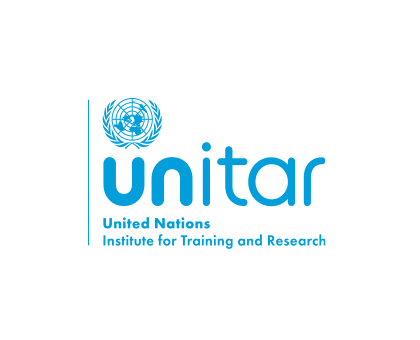The application of indicator methodologies often requires policymakers to make adjustments to their specific national contexts. Countries need to develop tailored and flexible national indicator frameworks that respond to their development priorities and statistical capacities whilst supporting their efforts in monitoring progress towards green economy.
This advanced e-learning experience builds on the concepts and processes described in the Introductory course and focuses particularly on the application of the Green Economy Progress (GEP) Measurement Framework developed by the United Nations Environment Programme (UNEP) under the Partnership for Action on Green Economy (PAGE). This framework provides a methodology for comparing performance in the transition to a green economy over time.


